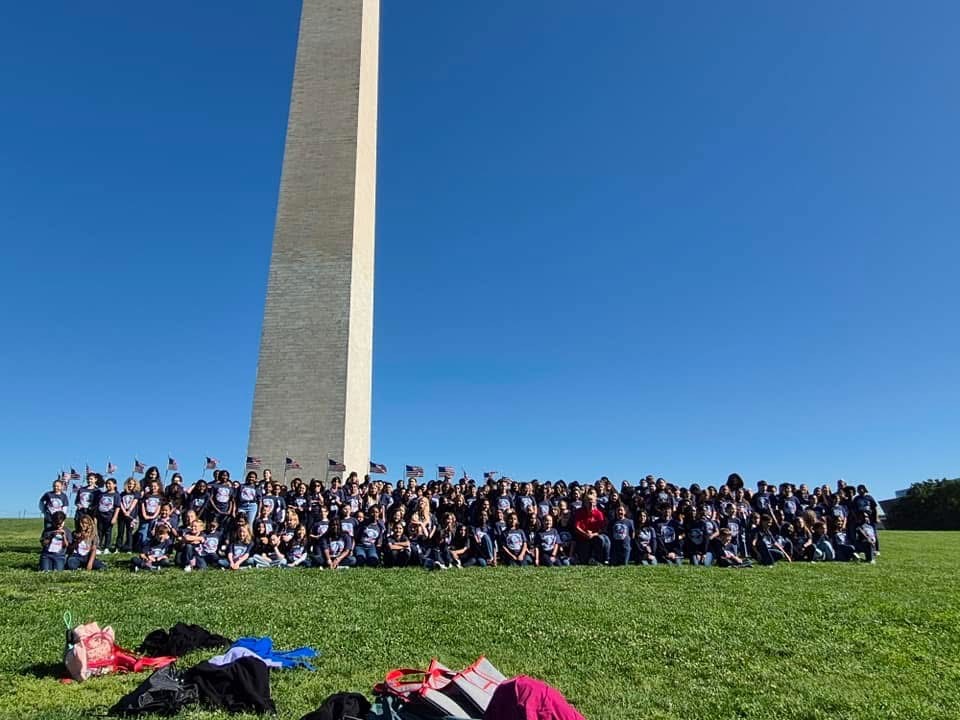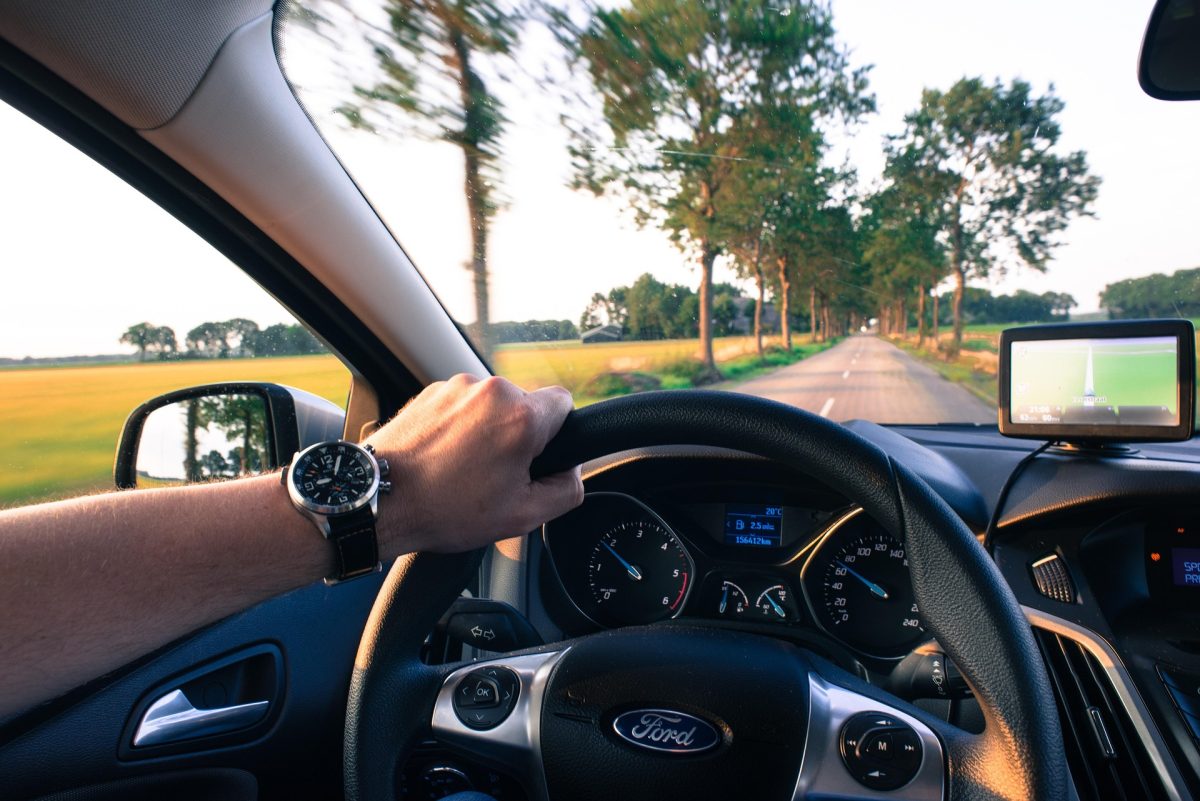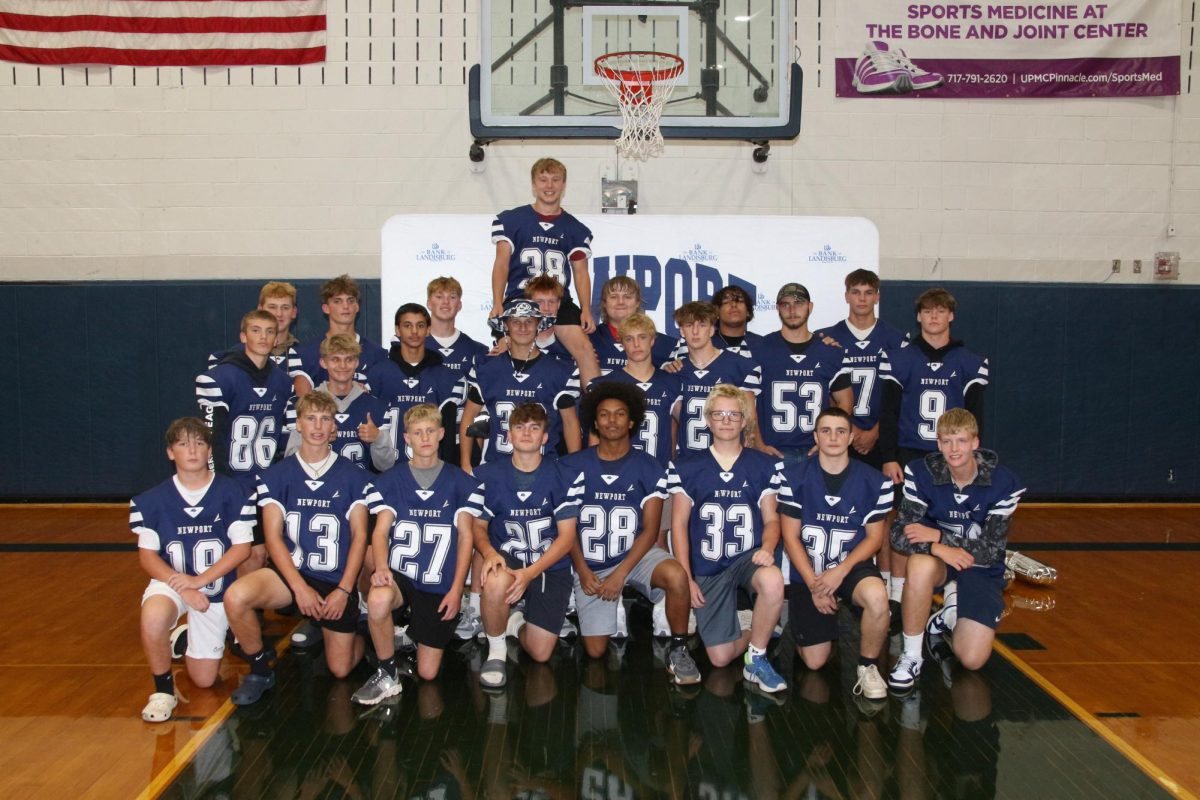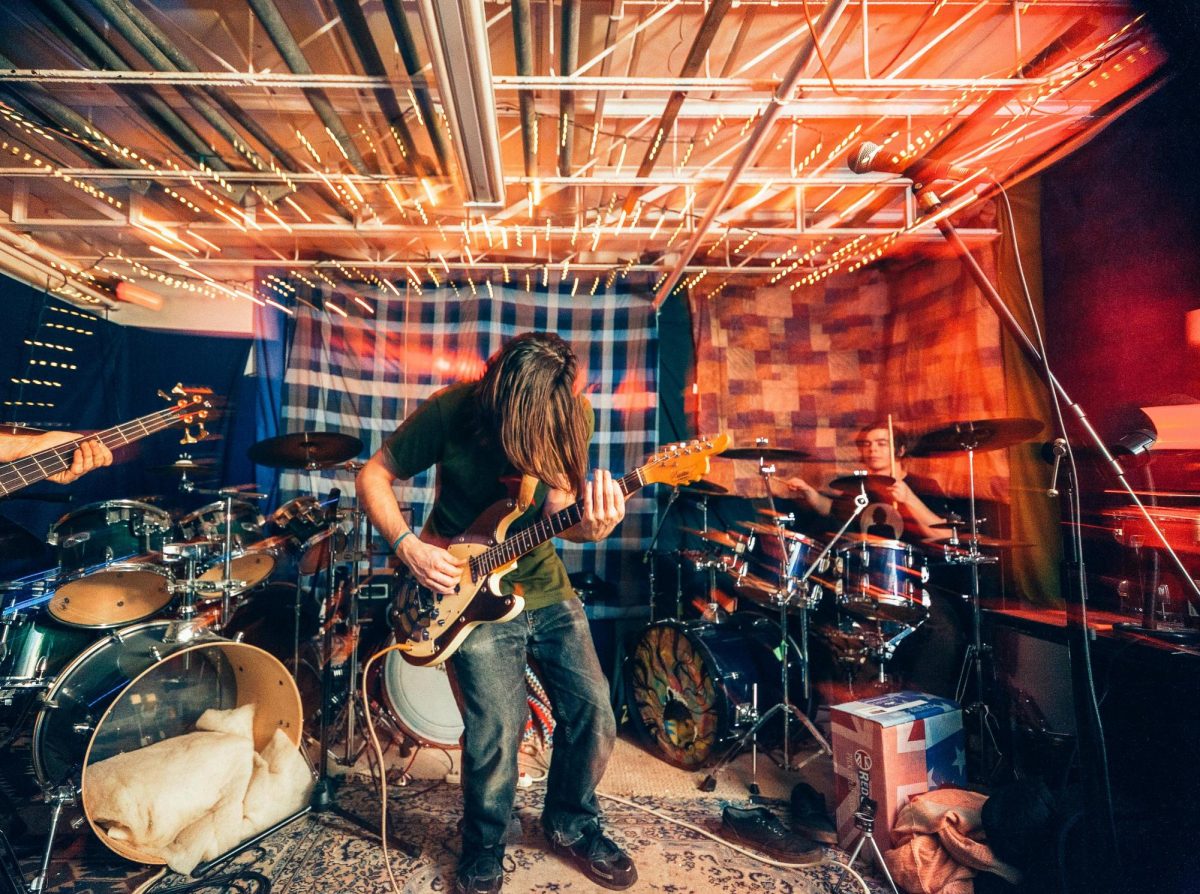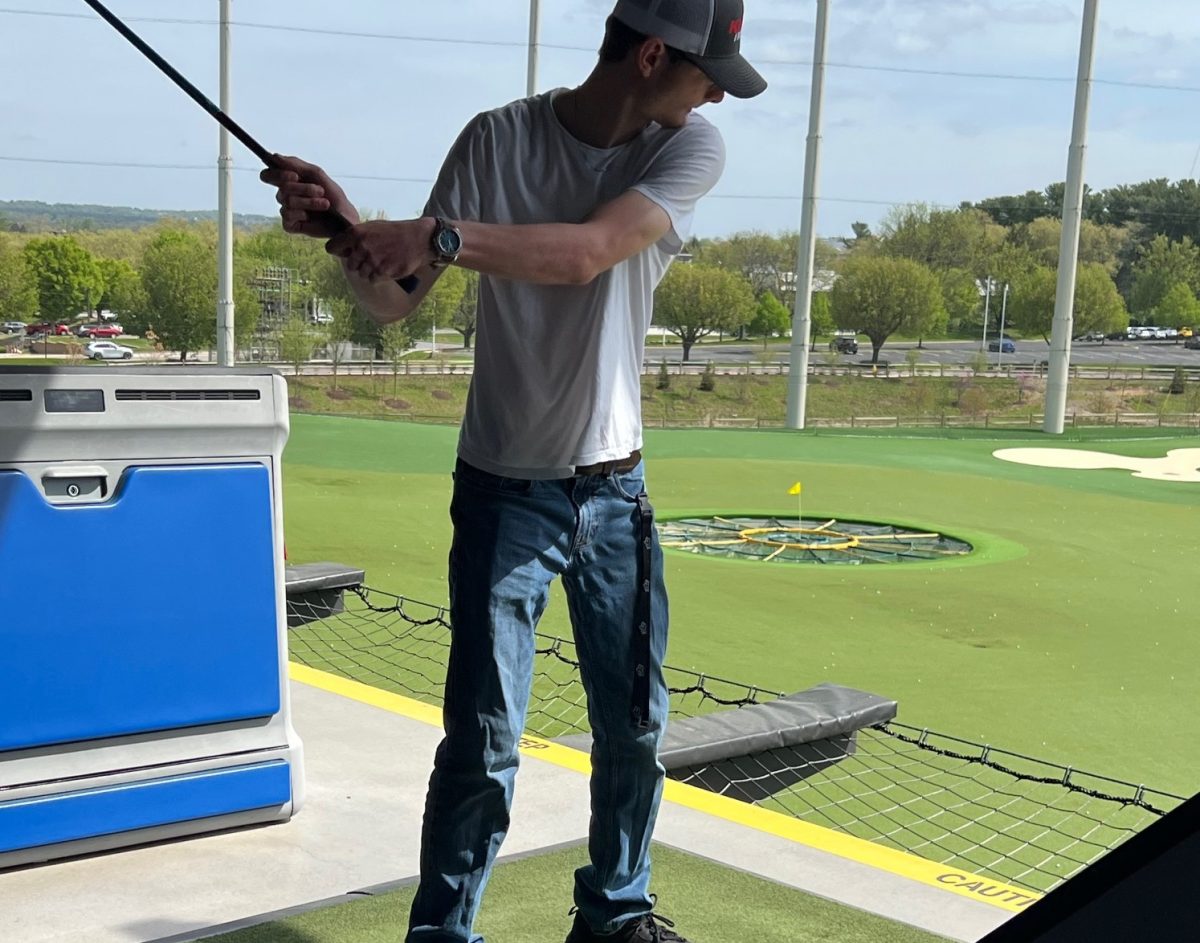One of the biggest concerns with motor racing is safety. When you’re driving a giant lump of steel and carbon fiber, it can get extremely dangerous. Over the last hundred years, safety has developed from being an afterthought to one of the most important and carefully considered topics in racing. However, trying to describe every safety advancement in every discipline of motorsport would take longer than Fernando Alonso’s career. To keep this article at a reasonable length, I present five of the most important safety advancements in Formula 1.
Fire has been one of the greatest terrors of motorsports since the beginning. Before any fireproofing technology existed, a car catching on fire was one of the biggest killers. In the 1950s, Formula 1 drivers wore whatever they wanted, often including the recommended cap and goggles. However, this provided no safety. In the 1958 Moroccan Grand Prix, Stuart Lewis-Evans was driving for Vanwall when he hit a barrier and his car burst into flames. He managed to get free of the car, but sustained many burns and died in the hospital. In 1963, fire-retardant racing suits were mandated, but only for drivers. Marshalls, the people stationed at the edge of the track and meant to help with incidents, still didn’t use them. This led to one of the darkest moments in the history of the sport.
Roger Williamson, a promising rookie in 1973, was in his second F1 race, the Dutch Grand Prix. On the eighth lap, one of his tires failed and caused his car to flip over, igniting it. Williamson was uninjured, but was trapped underneath the burning heap, screaming and begging for help. Marshalls nearby did not have fire-resistant suits and were entirely unable to assist him in escaping. David Purley, another driver and Williamson’s friend, stopped at the edge of the track to help. He, being a driver, had the proper clothing. Purley took a fire extinguisher to the flames, and although emptying the entirety of it, failed to put them out. He failed to flip the car over by himself, and the marshals just stood by helplessly. Purley attempted to wave other drivers down to help, but they all assumed the flipped car was Purley’s and he had already escaped. The desperation and sense of hopelessness Purley felt as he walked away, knowing nothing could be done but wait for the fire truck that wouldn’t arrive until after Williamson had died of asphyxiation, must have been unimaginable. After this accident, fireproof overalls were mandated for track marshals going forward.
It may be surprising to learn that in the early days of F1, seatbelts weren’t mandatory. But back then, drivers would’ve rather been thrown from the car than risk being trapped in the event of a fire. Unfortunately, though, there were numerous times when being ejected from the car did kill or maim drivers. One such case happened in 1960, where Chris Bristow was flung from his car into barbed wire (yes, they used barbed wire as barriers then) and was decapitated. Since 1972, multi-point harnesses have been made mandatory. Drivers being ejected from cars is extremely rare, with the last incident in 1990 after Martin Donnelly’s car was literally torn apart by a crash, and his seat was still attached to his back when he landed on the asphalt. Fortunately, he survived, but the serious injuries put an end to his career.
Another important advancement in Formula 1 was the monocoque chassis, or survival cell, first brought to F1 by the Lotus 25 in 1962. The monocoque is now made of carbon fiber, which has a very high weight-to-strength ratio and is important both for increasing performance and safety. The survival cell must be crash-tested before it can be driven, ensuring safety. Due to the incredible strength of these monocoques, Robert Kubica was able to escape essentially unharmed after he shockingly slammed head-on into a concrete barrier while airborne at 180 miles per hour during the 2007 Canadian Grand Prix.
Another thing that saved Kubica’s life that day was the HANS (Head and Neck Support) device. With the kind of impacts in Formula 1, the head and neck are very vulnerable to being thrown around and critically injured. Several top motorsport drivers, including Dale Earnhardt in NASCAR, had been killed by basilar skull fractures due to their heads snapping forward incredibly fast while their bodies stayed put due to their harnesses. To stop this, Dr. Robert Hubbard invented the HANS device. It is essentially a U-shaped device, with the back of the U behind the driver’s neck and the arms extending onto the driver’s chest. It’s not attached to the seatbelts or the driver’s body, but it has a tether on each side of the driver’s helmet connecting it to the back of the device. It works because the top straps of the harness go over the top of the arms and make sure that the driver’s head is unable to move without the body. This has been extremely effective, and no drivers using the HANS device have been killed by basilar skull fractures.
The latest big change to safety policy in Formula 1 is the Halo. It’s a large titanium hoop that bridges from the area of the car behind and in front of the cockpit, protecting the driver’s head. At first controversial upon its introduction for the 2018 season, it was vindicated when Fernando Alonso’s McLaren was launched on top of Charles Leclerc’s Sauber. Instead of scraping Leclerc’s helmet, the car instead slid off the Halo. The biggest headline event involving the Halo so far was in 2020 when Romain Grosjean went off the track and slammed straight through the metal barrier, splitting his car in half. The entire thing went up in a ball of flames, and he was inside the fireball for almost 30 seconds. Miraculously, he escaped with only minor burns to his hands and feet. The main thing credited with saving his life is the Halo. Without it, he would likely have been decapitated while going through the barrier. The Halo pushed the metal over top of the car and saved Grosjean’s life.
Safety has become so advanced in recent years that deaths in motorsports have become rarer and rarer. Fortunately, there is always something new to invent or create. Hopefully, people keep making more safety features in the future that have the same importance as the ones in motor racing today.


